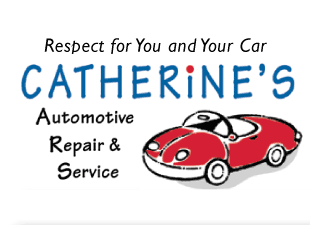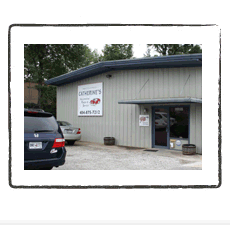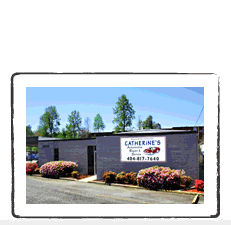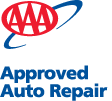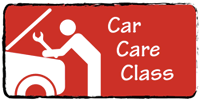What does the octane rating (e.g. 87, 89, 93) for gasoline quantify?
a) the ratio of higher quality fuel to oxygenates present
b) the ability to resist engine knocking or pre-ignition
c) the amount of engine-cleaning detergents added
d) the capacity to improve combustion efficiency and increase performance
The correct answer is (b) the ability to resist engine knocking. Engine knock, also called pinging or pre-ignition, occurs when the fuel-air mixture ignites prematurely by compression rather than normally by spark. This abnormal combustion, which may be caused by several factors, decreases horsepower and can damage the engine over time. The octane rating represents how much the fuel can be compressed before it spontaneously ignites. It does not mean that the gas is a higher quality, or will improve performance, or clean the engine better. Although high-performance cars tend to have higher engine compression ratios and therefore may need a high-octane gas, the majority of cars require no more than 87 octane. Save yourself some money at the gas tank by using the lowest octane rating recommended for your vehicle. You can find this information in your owner’s manual. If your engine and other components are operating properly, and you are using the recommended octane level for your car, you should not experience any knocking or pinging. If your engine is knocking, you can try a higher-octane gas to alleviate the symptoms, but it is best to have the true underlying problem diagnosed and repaired.
